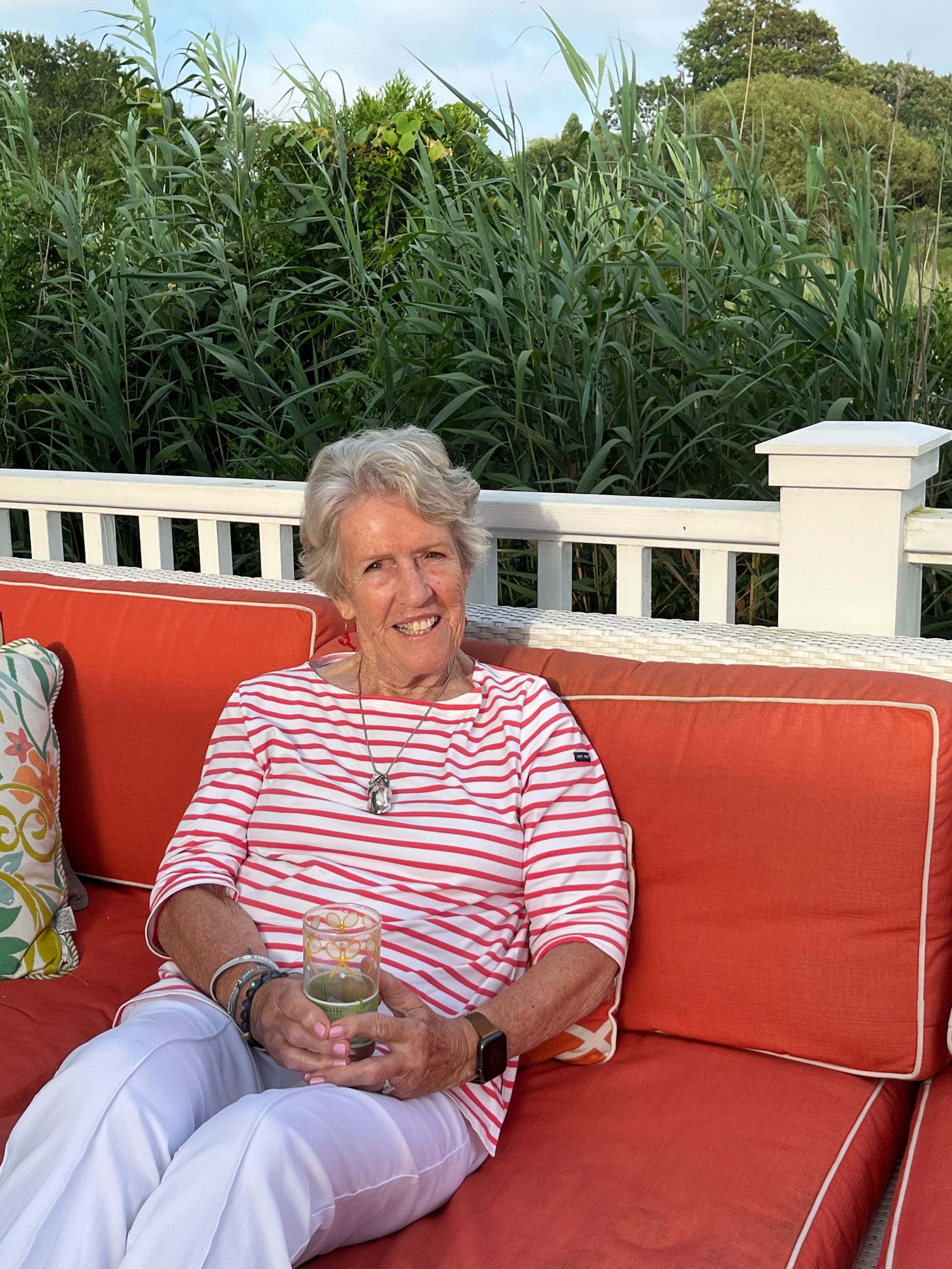MELANOMA
/When a Portland, Maine dermatologist calls your cell phone late on a Tuesday afternoon, knowing you are 1500 miles south in balmy Florida for the month, it’s immediately apparent he’s not getting in touch to discuss the weather.
Mr. Wonderful and I affectionately call our dermatologist “Doctor Skin.” Over the past decade, David Baginski has zapped keratoses on our foreheads and arms, and scraped squamous cells off our shins. Despite facial wrinkles that rival a prize-winning Shar Pei, plus galloping liver spots that appear overnight, Doctor Skin never fails to warn us during our twice-yearly visits to wear sun screen every day and year round.
Because what’s the first thing you do after a long snowy winter in Maine or when you arrive in Florida or Barbados for a February getaway? You immediately turn your face up towards the sun! And that feels SO good!
I’ve turned my face up to the sun since I was in my teens, stretched out on a beach towel in our back yard, slathered with baby oil mixed with iodine while positioning a tin-foil-covered three-paneled reflector so that it caught the best rays. I’d lie there listening to Elvis on my portable transistor radio, soaking up the ultraviolet, blissfully ignorant that I was inflicting any damage to my fair-complexioned 15-year-old face.
Doctor Skin said, “Val, it turns out that the small black freckle I spotted below your left ear, and took a sample of, is a melanoma. I’ve had it biopsied twice just to be sure, and it’s got to come off soonest. Let’s make an appointment today.”
Melanomas are the deadliest form of skin cancer. They can develop anywhere on the skin or in an existing mole, inside the ears and even under fingernails. They don’t hurt and they are not immediately obvious to the untrained eye, so they easily go undetected. While men over 50 are at a higher risk of developing melanoma compared to the rest of the general public, melanomas also affect young people. In fact, melanoma is the most common form of cancer for young adults 25-29 years old, and the second most common cancer in adolescents and 15-29 year-olds. One in five Americans will develop skin cancer in their lifetime.
Within a week of Dr. Skin’s phone call, we came north to Maine. I had the excision yesterday and am now sporting a six-inch-long thick bandage that covers more than 30 stitches below my left ear. I’m taking Tylenol for discomfort, and Doxycycline to prevent infection. Because my melanoma was in situ (confined to the site from which it started which means it hasn’t spread to surrounding tissue or other organs in the body), I am realistically optimistic — as is my doctor.
Why share this personal information? If this blog sends only one person to his dermatologist, or gets another to slather on sunscreen lotion before playing golf or tennis, it will have done some good. Ironically, the one spot I missed when I faithfully applied sunscreen over the years was the neck area below my ears.
Google the American Academy of Dermatology (aad.org) to learn signs, symptoms, treatments and preventive tips for managing a variety of skin, hair and nail conditions. And keep slathering on the sunscreen — year round.





